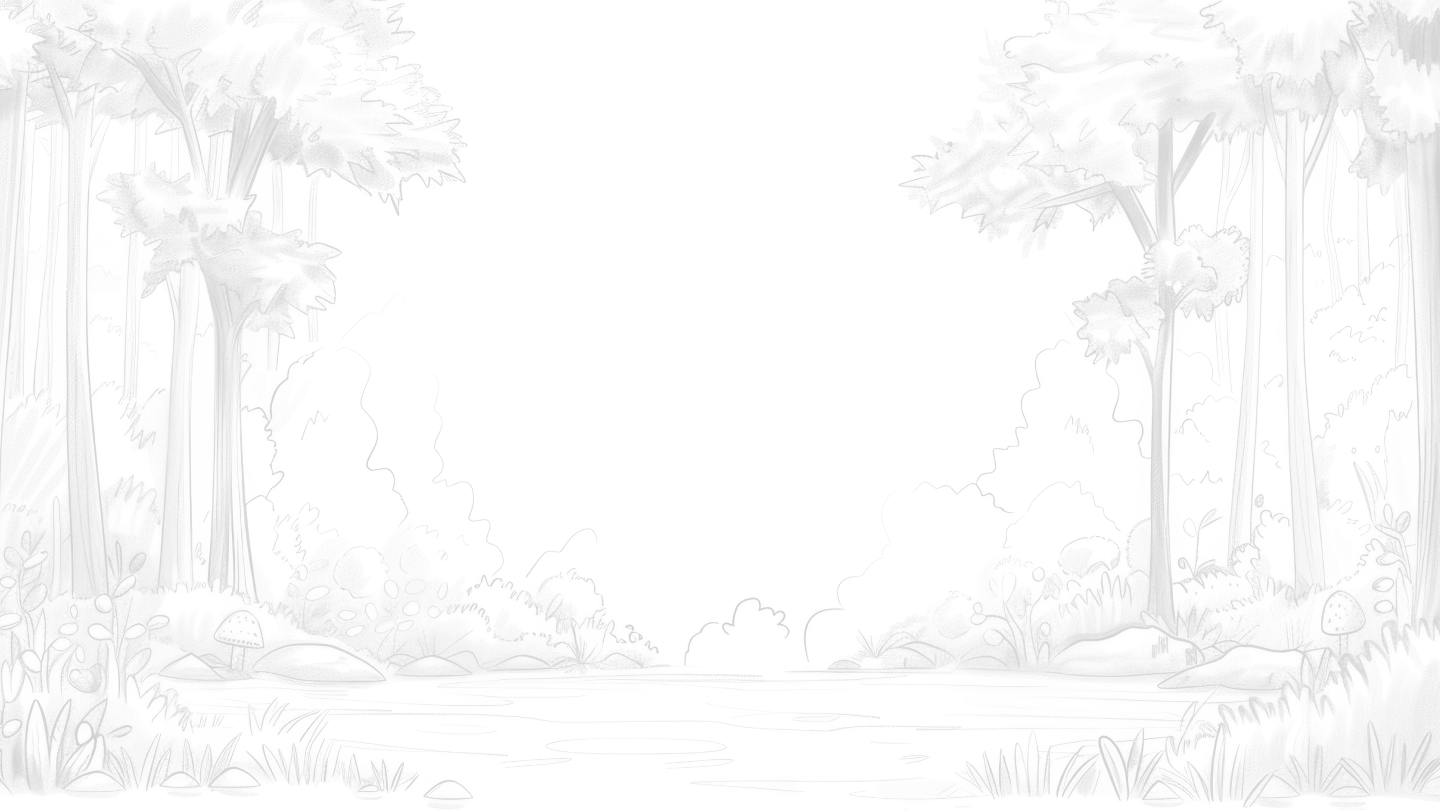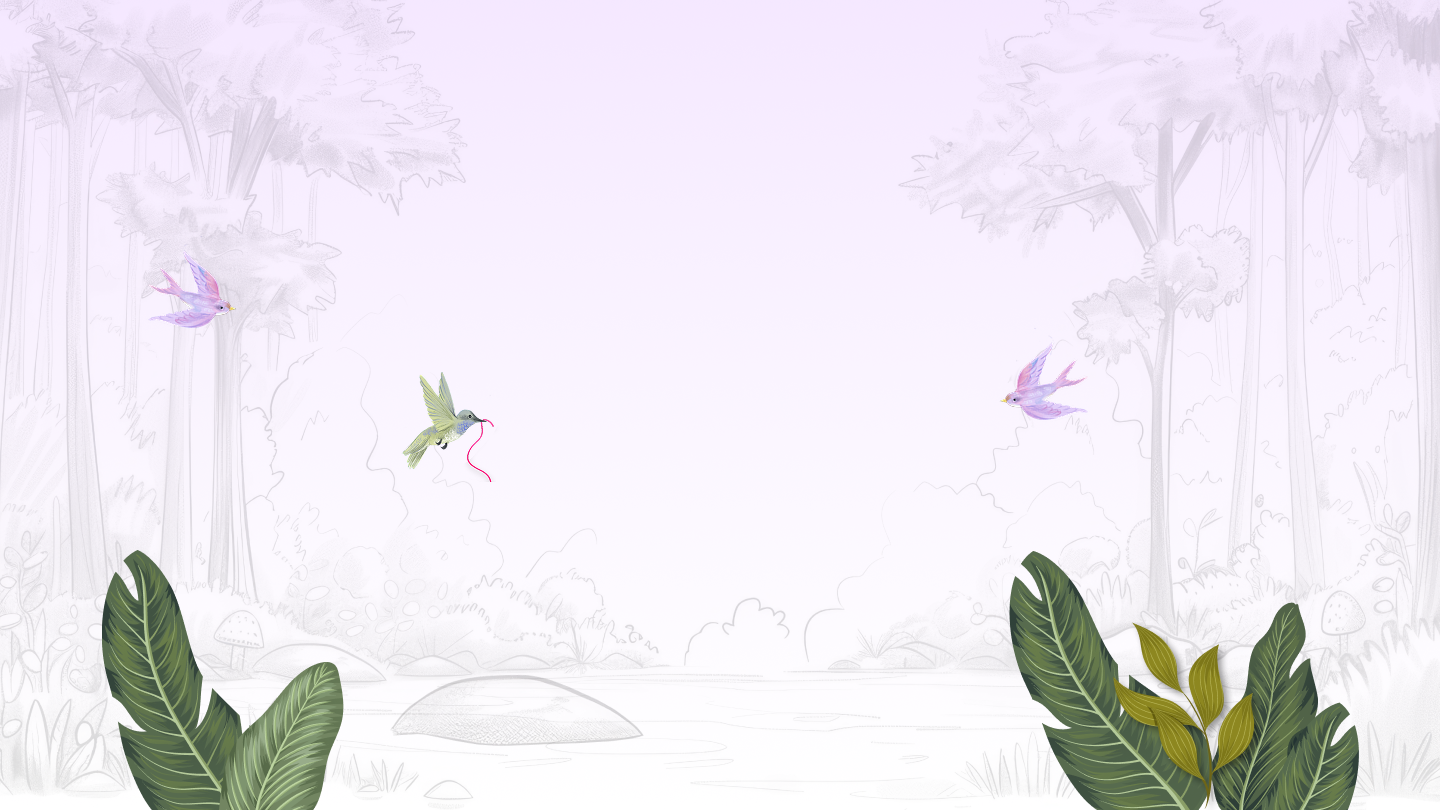Certified Score
Loading your impact footprint
The Butterfly Mark
Certified impact - guiding you to brands meeting the highest sustainability standards for the planet and its people.
Independently Verified
by the Naraai Project
for
Connecting your fashion choices to their impact on the future of the planet.
Measuring the climate score
83
Good
66% above certification standard
Eco-impact
Good
Social Score
Strong
Reporting & Certification
Strong
Innovation Index
Good
Fostering excellence
Our impeccable work across all fronts
Environmental
Social
Transparency
Innovation
- Packaging (62%)
- Textile waste management (91.3%)
- Water use (50%)
- Upskilling farmers (65%)
- Women employment (62%)
- Third party verification (83%)
- SDG alignment (85%)
- Regenerative, circular programs (70%)
- Material Innovation (89%)
Eco-impact at a glance
10 Ltrs
water saved
3 Kg
Co2 of fuel
emissions avoided
5 MW
of energy saved
10X
kinder to plant and
animal habitat
0.25 Kg
of waste diverted
from landfills
10 Ltrs
water save
2 days
of drinking water for
a rural
village
3 Kg
Co2 of fuel
emissions avoided
10 Km
of driving
emissions avoided
5 MW
of energy saved
1 Day
of lighting for
a rural home
10X
kinder to plant and
animal habitat
5% More
vegetables per
farm
0.25 Kg
of waste diverted
from landfills
1.5 Tshirts
saved from
landfills
FAQs
Material Impact & Sourcing
Data & Methdology
Label Design & Communication
Certifications & Standards
Consumer Guidance
What makes a material 'planet-friendly' on this label?
A material is considered 'planet-friendly' if it is natural, renewable, and has a lower environmental impact than conventional fabrics. This includes using less water, fewer chemicals, less energy, and being biodegradable at the end of its life.
How do you ensure that materials like cotton are sustainably sourced?
Label Anita Dongre works with suppliers that follow responsible farming and sourcing practices. This includes better water use, reduced pesticide use, and ethical labor standards. It prioritizes verified supply chains wherever possible.
Is all the cotton used organic or certified in some way?
Not all cotton used is organic, but label Anita Dongre aims to use cotton that’s grown more responsibly. Where available, it highlights certified fibers (like GOTS or Better Cotton), and is committed to increasing the use of certified sources.
Are dyes and finishes also considered in the sustainability score?
Yes. While the main focus is on the fiber and fabric, label Anita Dongre also considers whether dyes and finishes are non-toxic, low-impact, and safe for skin. This adds to the overall sustainability profile of the garment.
How is the environmental impact of each material calculated?
Label Anita Dongre uses lifecycle assessments (LCAs) to measure how much water, energy, and carbon emissions are used from raw material to finished fabric. This helps it compare materials on a like-for-like basis.
What lifecycle stages are included in the impact analysis (e.g., farming, processing, transportation)?
The analysis includes key stages such as raw material cultivation, fiber processing, fabric production, and final garment creation. Where data is available, label Anita Dongre also factors in transportation and end-of-life impact.
Which databases or certifications do you rely on for impact data?
Label Anita Dongre relies on data from The Naraai Project (TNP) , which is built on global best practices and aligned with top-tier lifecycle databases like Ecoinvent, Exiobase, and Sphera. These provide trusted impact benchmarks for materials across emissions, water, energy, and biodiversity.
Are third-party tools or LCA (Life Cycle Assessment) methods used to validate claims?
Yes. The assessments are grounded in third-party tools and LCA methodologies that follow international standards. These methods ensure label Anita Dongre’s claims are transparent, credible, and comparable to global industry benchmarks.
What do the little icons on the label mean?
The icons give you quick, helpful facts about your clothes
- like how long they're made to last, whether they're safe
for your skin, and how they help the environment. For
example, some icons show if the piece saves water,
protects wildlife, or keeps waste out of landfills.
You'll also see icons that explain what your clothing is
made from - like the main fiber or craft technique used.
It's a simple way to understand the story and impact
behind what you're wearing.
Why are the UN Sustainable Development Goals shown, and how does this product contribute to them?
The SDGs are global goals to protect people and the planet. This product contributes by using lower-impact materials that help save resources, reduce pollution, and support fairer production systems.
Is the climate score certified—and by who?
Yes. The climate score is certified through the Butterfly Mark by The Naraai Project. This certification is awarded to label Anita Dongre as a brand, based on how it sources material, support craft, protect nature, and treat people fairly. The score you see reflects the overall choices—not just material ones—backed by third-party audits, data checks, and sustainability standards.
What does the Butterfly Mark actually mean?
The Butterfly Mark shows that label Anita Dongre as a brand meets strong standards for environmental responsibility, fair livelihoods, and long-term sustainability. It looks at how the material are sourced, how artisans are supported, and how production impacts the planet. While it may appear on a single product, it represents the brand's deeper commitment to responsible fashion—especially across the Indian ecosystem, crafts, and communities.
How is the Butterfly Mark different from other certifications?
Most certifications focus on just one thing—like organic fibers or chemical safety. The Butterfly Mark looks at the entire brand's impact: how it treats the planet, people, and communities. It's built for Indian systems but follows global standards, and it's not a one-time badge—it's an ongoing process. It also helps you compare brands fairly and makes impact data easier to understand. In short, it's a seal of overall trust.
How should I care for this garment to maintain its sustainable properties?
Wash in cold water, use gentle detergent, and line-dry if possible. These simple steps reduce water and energy use while helping your garments stay strong and last longer.
Will this label appear on all products or only select collections?
This label appears on products that meet strict sustainability and transparency criteria. As the label expands its planet-friendly offering, more products will feature this label.
Can consumers access more detailed impact data (e.g., carbon footprint, water usage)?
Yes. You can scan the QR code on the label or visit the website to explore detailed impact data for the product, including water saved, energy use, carbon footprint, and biodiversity impact.
Programs driving sustainability

Climate Labelling
This initiative brings greater transparency to our fashion choices by introducing climate labels on every product - much like calorie cards, but for carbon. These labels provide clear, accessible information on the environmental impact of how and with what materials our garments are made, helping consumers make informed, climate-conscious decisions. By translating complex sustainability data into simple insights, this project offers an innovative and novel approach to everyday climate action.

Textile & Plastic
Waste Management
Textile & Plastic Waste Management
House of Anita Dongre takes a holistic approach to waste management, from launching India’s first large-scale plastic recycling program with Lucro Plastecycle to transforming plastic waste into flexible packaging. The Anita Dongre Foundation also works with Goonj, NEPRA, and a local tailoring unit in Modgaon, Palghar, to upcycle fabric waste into godharis, bags, and masks. This blend of impact and craftsmanship not only supports livelihoods and communities but also reinforces their core belief that India’s slow, handcrafted traditions are inherently sustainable.

Tree Plantation
& Forest Protection
Tree Plantation & Forest Protection
From forests to indigenous tree species, Anita Dongre (AD) works to rehabilitate and protect natural ecosystems across India. In partnership with grow-trees.com, they planted 25,000 trees at Bassi Wildlife Sanctuary on Earth Day 2018, engaging consumers in the process. Their commitment to sustainability is woven into their business practices - from design to packaging - and strengthened through collaboration with the NGO Canopy to help safeguard ancient and endangered forests. Looking ahead, AD continues to nurture this commitment each year through partnerships that create measurable environmental and social impact, aligned with their core values.
UN SDGs Impacted
The 17 United Nations Sustainable Development Goals (SDGs) are an urgent call for global action by 2030 for sustainable living. Butterfly Mark certified companies positively impact at least 2 SDGs & commit to two or more SDGs by setting tangible 2030 targets for positive impact.

About the Butterfly Mark
The Butterfly Mark guides you to companies that meet high sustainability standards for a safer, more secure future for the planet and its people. Based on global frameworks, the certification involves a rigorous assessment of environmental, social, and governance (ESG) practices, requiring a minimum score of 50% in each area.
Renewed every two years, it drives continuous improvement and supports the shift toward more climate-resilient practices. Choosing the Butterfly Mark reflects a true commitment to building a responsible and resilient fashion, textile & apparel Industry in India.

